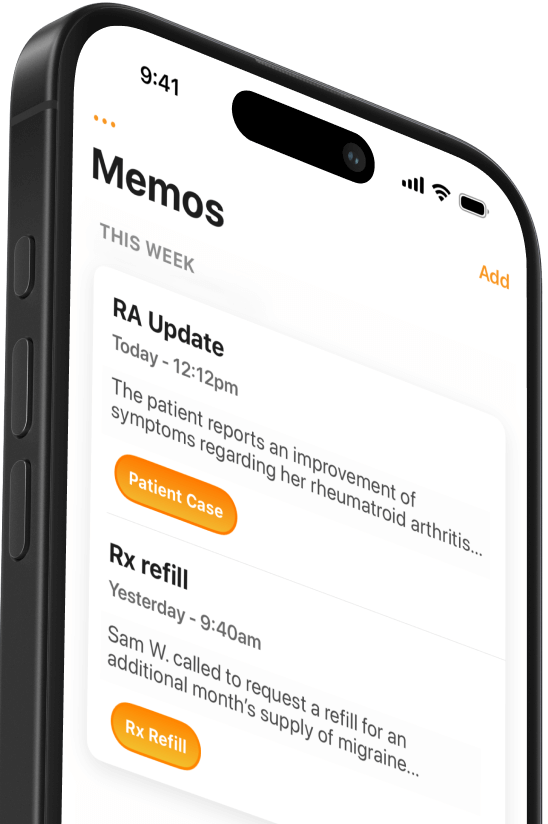Who develops mHealth apps?
Want a summer running app? The mHealth app market is booming—surprising developers are behind some of the best-rated options.


Popular articles
So you decided to run more this summer and you're looking for a good mHealth app. You probably check star ratings and reviews and decide whether to spend $4.99 on Runtastic PRO or just go with the FITNESS22 Running Distance Tracker. For you, this is a pretty simple activity. But have you ever wondered who develops these apps, what their motivations are, or why some are more successful than others?
More and more, these are interesting and lucrative questions. The mHealth app market has exploded in recent years, with 259,000 apps now available on major app stores. A shocking 61 percent of American smartphone users have downloaded an mHealth app, and 81 percent of physicians use smartphones and medical apps. While most mHealth app developers still aren't making much money, the global market is expected to reach $31 billion and 551 million users by 2020.
So who is making mHealth apps?
When Apple opened its App Store in July 2008, the first developers of mHealth apps were mostly healthcare professionals. But that changed as more developers from IT & Tech companies entered the market. Today about half (55 percent) of mHealth apps are developed by organizations outside the healthcare industry.
Even though most mHealth app publishers aren't based in the healthcare industry, they usually consult with healthcare professionals to some extent. According to a research2guidance report, those that are in the healthcare industry are mostly companies working on medical devices (20 percent), telehealth (18 percent), or pharmaceuticals (14%). Others represent hospitals, insurance companies, independent practitioners, sports and fitness centers, and medical publishers.
While the mHealth industry has grown and become more corporate, most publishers still say their main motivation for making apps is to help people improve their health conditions. About half are also trying to generate revenue with their apps, gather data/analytics, or reduce costs. All in all, it seems like mHealth companies are losing their altruistic motive.
Are app users an untapped resource?
However, research recently found that the most successful mHealth apps are developed by patients and their relatives.
This study slices the mHealth app market a little differently than the research2guidance report by comparing app developers that are users and manufacturers. Users are people or institutions like patients or hospitals that expect to benefit from using mHealth apps. Manufacturers, on the other hand, build apps to make a profit.
The study finds that 46 percent of all mHealth app developers are also users, including patients, their relatives, or healthcare professionals. For example, looking at apps for diabetes and hypertension management, 33 percent of new apps in 2013 were developed by patients or their relatives.
What’s interesting about comparing users and manufacturers is that mHealth apps developed by users tend to be more successful. Looking at the number of downloads, annual revenue, and user ratings, apps built by users come out on top.
Take star ratings, for example. Apps developed by patients had an average rating of 3.94 stars compared to companies and independent developers who got 3.44 stars. The same is true for downloads of paid mHealth apps. Those developed by patients’ relatives had on average 8,534 annual downloads, compared to 4,081 for independent developers.
According to the researchers, patients are gaining more influence on their treatment, are better informed, and are taking more actions actions to increase their quality of life. While 85 percent of app publishers already consult with a healthcare professional, patients and their relatives may be an untapped resource for mHealth app development.
Related Articles


We Get Doctors Home on Time.
Contact us
We proudly offer enterprise-ready solutions for large clinical practices and hospitals.
Whether you’re looking for a universal dictation platform or want to improve the documentation efficiency of your workforce, we’re here to help.


